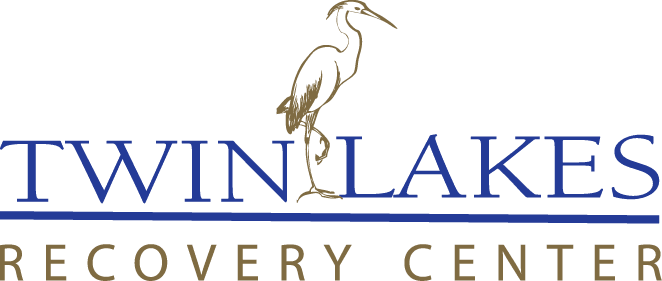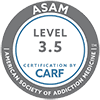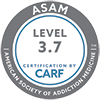 You don’t have to be religious to have “an attitude of gratitude” and thankfulness. While we usually think of Thanksgiving as the time to express grateful thoughts and emotions, you’ll achieve even more benefit if you cultivate a regular practice of acknowledging the good in your life. It’s a time to give thanks and practice gratitude.
You don’t have to be religious to have “an attitude of gratitude” and thankfulness. While we usually think of Thanksgiving as the time to express grateful thoughts and emotions, you’ll achieve even more benefit if you cultivate a regular practice of acknowledging the good in your life. It’s a time to give thanks and practice gratitude.
Why Thanksgiving?
Throughout history, many cultures have celebrated a bountiful harvest and how its abundance assured winter health. History.com notes that “In ancient times, the Egyptians, Greeks, and Romans feasted and paid tribute to their gods after the fall harvest. Thanksgiving also bears a resemblance to the ancient Jewish harvest festival of Sukkot. Finally, historians have noted that Native Americans had a rich tradition of commemorating the fall harvest with feasting and merrymaking long before Europeans set foot on their shores.”
Separatists and Puritans in Europe had the tradition of “providential holidays—days of fasting during difficult or pivotal moments and days of feasting and celebration to thank God in times of plenty.”
The act of giving thanks and sharing blessings and gratitude is a rich component of what makes us human. It seems only natural that this time of year in particular prompts reflection, service, and appreciation, especially if you’re grateful for your progress in recovery and want to do more.
Why Fostering Gratitude Helps You
Here’s a hard truth: many people avoid showing gratitude and giving thanks because they’re afraid “the other shoe will drop”. Happiness, they feel, is elusive enough without paying too much attention to it—or the moment, act, or situation isn’t as good as they expected.
Psychotherapist Amy Morin says this attitude is often rooted in previous disappointments, betrayals, and insecurities about what people believe they deserve. She says some individuals get mired down in BLUE thoughts: “blaming myself, looking for the bad news, unhappy guessing, and exaggeratedly negative.” Her suggestion is to replace a BLUE thought with a more realistic true thought. This pattern of thinking encourages positive action.
And often, true thoughts have elements of positivity and gratitude. So instead of a BLUE thought such as, “I don’t have as good of a job as John because the supervisor likes him more,” a true thought of gratitude might be, “This is a good beginners’ position to help me learn the skills I need to take me to the next level.” Right away, you can see how this type of attitude adjustment empowers positive action and encourages emotional control.
What Other Research Suggests
The Greater Good Science Center (GGSC) at the University of California, Berkeley, states that their 15 years of research show that gratitude is a key to psychological well-being: “Gratitude can make people happier, improve their relationships, and potentially even counteract depression and suicidal thoughts.” GGSC also cites research that indicates the potential for expressions of gratitude to help you sleep better, have fewer headaches, reduce symptoms of anxiety and depression, prompt better cardiovascular health, and reduce stress, among other possible benefits.
Here are some tools from the GGSC to help you understand more about gratitude:
- The Gratitude Quiz: grateful people are happy people, and this confidential quiz is designed to help you understand more about this concept and receive techniques you can use.
- The Happiness Calendar: you can subscribe to receive a new monthly calendar every month. Each day has a specific action and link to more resources. For example, in the October 2020 calendar, the reminder for October 15th was “Practice being grateful during hard times, but don’t put pressure on yourself” with a link to how to express thankfulness during the COVID-19 pandemic.
- Gratitude Practices: to encourage you to put gratitude into action, GGSC has a variety of exercises and activities that allow you to explore the concept more deeply. Practices include writing a gratitude letter and delivering it in person, the daily “three good things” exercise, and a gratitude meditation.
Create a Gratitude Journal
Many people reap tremendous benefits from journaling. Having a safe space to work through trauma and record difficult thoughts and emotions calms the immune system through the release process. Gratitude journals have an added bonus of helping you identify positive and supportive aspects of your life.
Documenting the good captures moments that might otherwise seem insignificant. Reviewing your journal during times of low energy or disappointment is kind of like the affirmation postie on your bathroom mirror: it provides a boost that just might change the course of your day.
How can you develop a gratitude journal? There are many options:
- Try these suggestions from Shutterfly that include both written and visual components.
- Jump on the 21-Day Gratitude Challenge with an online journal at Thnx4.
- Streamline your activities through an app such as gthx: Gratitude, 365 Gratitude, or Day One.
If you’re not a person who wants to write out thoughts, try a gratitude jar, collage, a can of beans (whaaaat?), and other fun ideas from PositivePsychology.com.
Grateful for You
Whether you’re celebrating your first sober Thanksgiving or another year of long-term recovery, you have many reasons to give thanks and have gratitude. At Twin Lakes Recovery Center, our staff members are grateful for the trust people have in us to help with their health and wellness efforts. Make sure to connect with us through our aftercare programs or on Facebook if we can be of further help to you.



